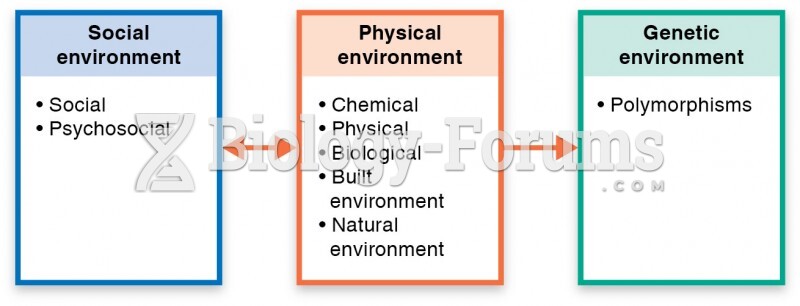Answer to Question 1
Correct Answer: 1
Rationale 1: During slow weaning, over a period of several weeks the mother substitutes more cup feedings or bottle feedings for breastfeedings.
Rationale 2: The slow method of weaning prevents breast engorgement, allows infants to alter their eating methods at their own rates, and provides time for psychological adjustment.
Rationale 3: The slow method of weaning prevents breast engorgement, allows infants to alter their eating methods at their own rates, and provides time for psychological adjustment.
Rationale 4: The slow method of weaning prevents breast engorgement, allows infants to alter their eating methods at their own rates, and provides time for psychological adjustment.
Answer to Question 2
Correct Answer: 1,3,4,5
Rationale 1: Administering analgesics as needed, encouraging leg exercises every 2 hours, encouraging the patient to cough and deep-breathe every 24 hours, and encouraging the use of breathing, relaxation, and distraction all address the patient's nursing care needs, which are similar to those of other surgical patients.
Rationale 2: Encouraging her to ambulate to the bathroom to void might be an intervention done on the first or second day postpartum, but not in the first 4 hours.
Rationale 3: Administering analgesics as needed, encouraging leg exercises every two hours, encouraging the patient to cough and deep-breathe every 24 hours, and encouraging the use of breathing, relaxation, and distraction all address the patient's nursing care needs, which are similar to those of other surgical patients.
Rationale 4: Administering analgesics as needed, encouraging leg exercises every two hours, encouraging the patient to cough and deep-breathe every 24 hours, and encouraging the use of breathing, relaxation, and distraction all address the patient's nursing care needs, which are similar to those of other surgical patients.
Rationale 5: Administering analgesics as needed, encouraging leg exercises every two hours, encouraging the patient to cough and deep-breathe every 24 hours, and encouraging the use of breathing, relaxation, and distraction all address the patient's nursing care needs, which are similar to those of other surgical patients.







